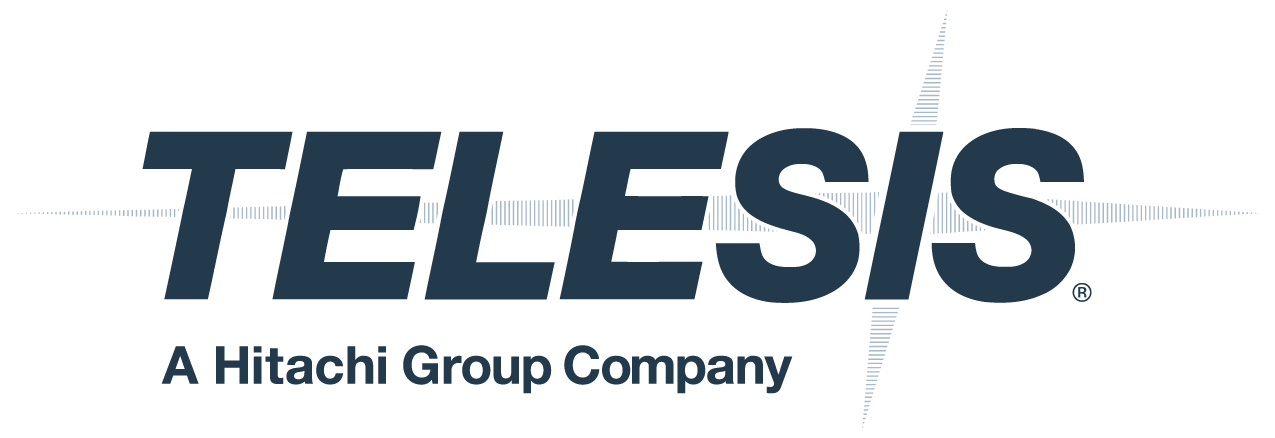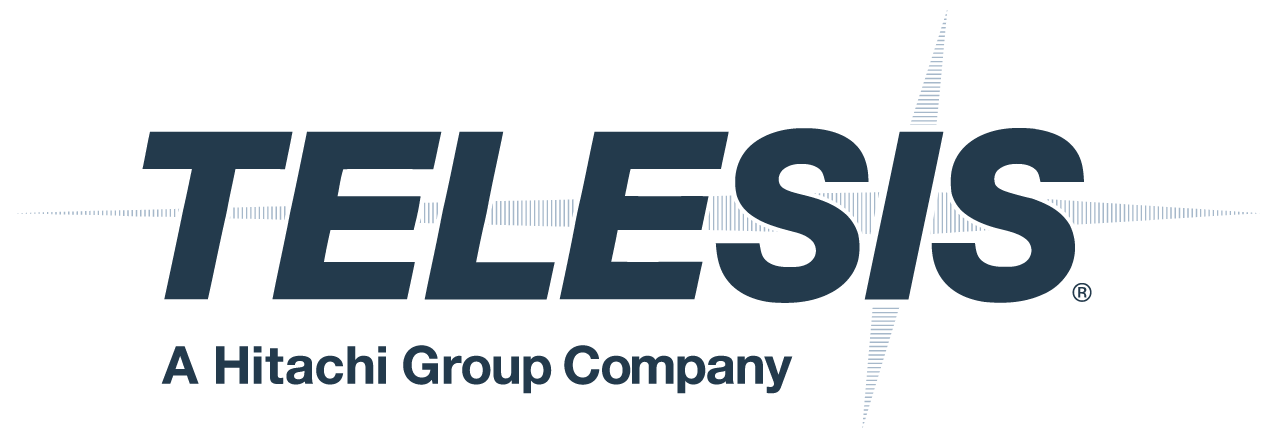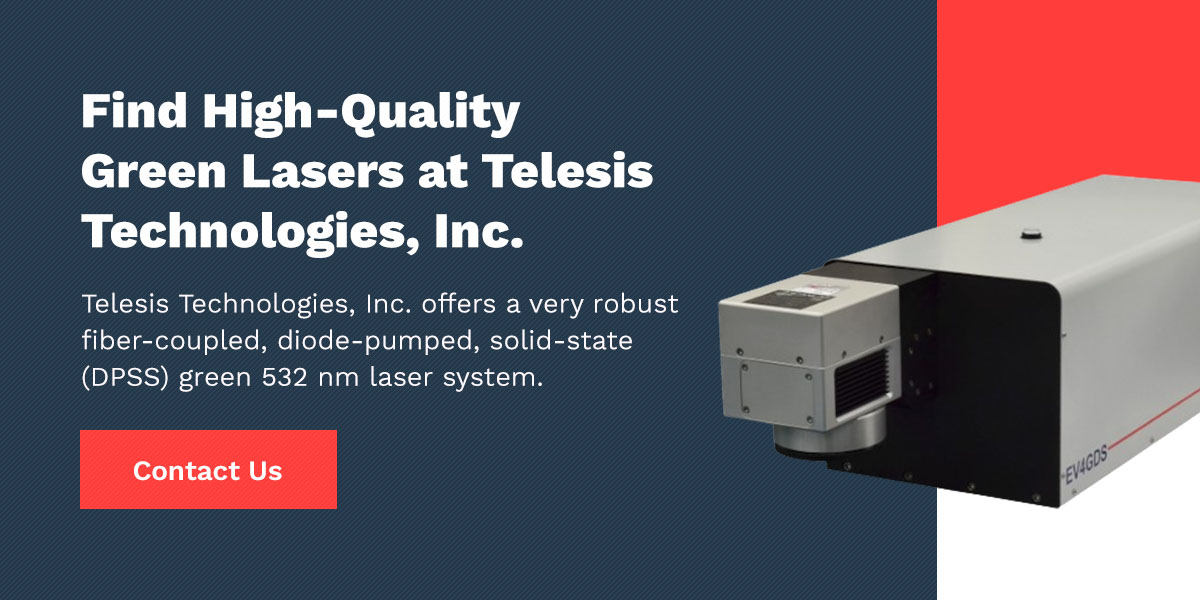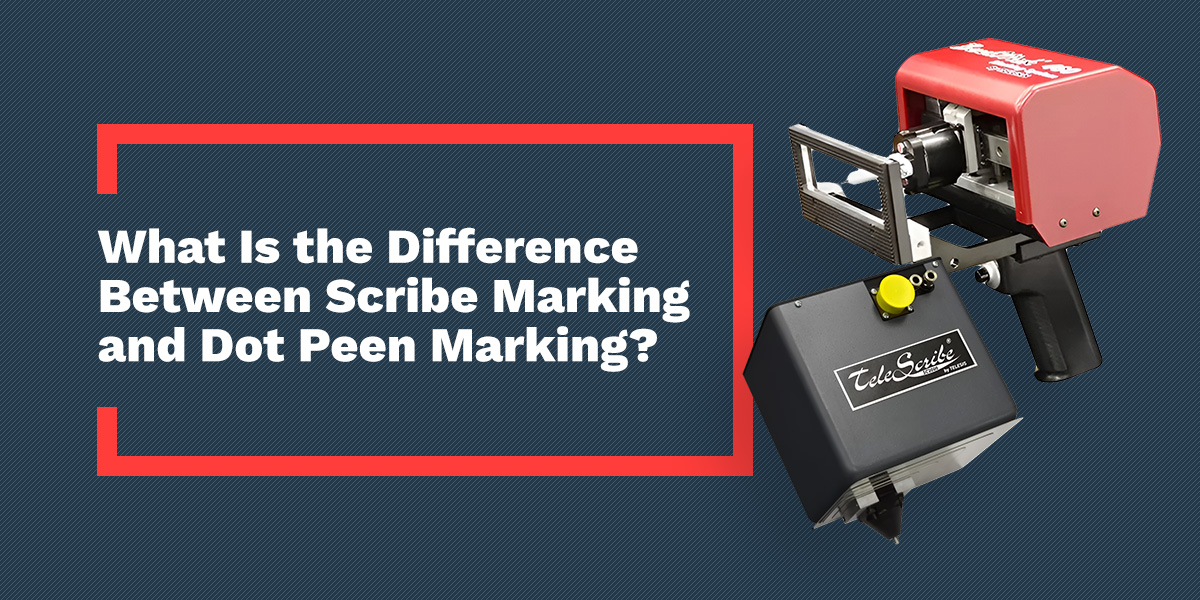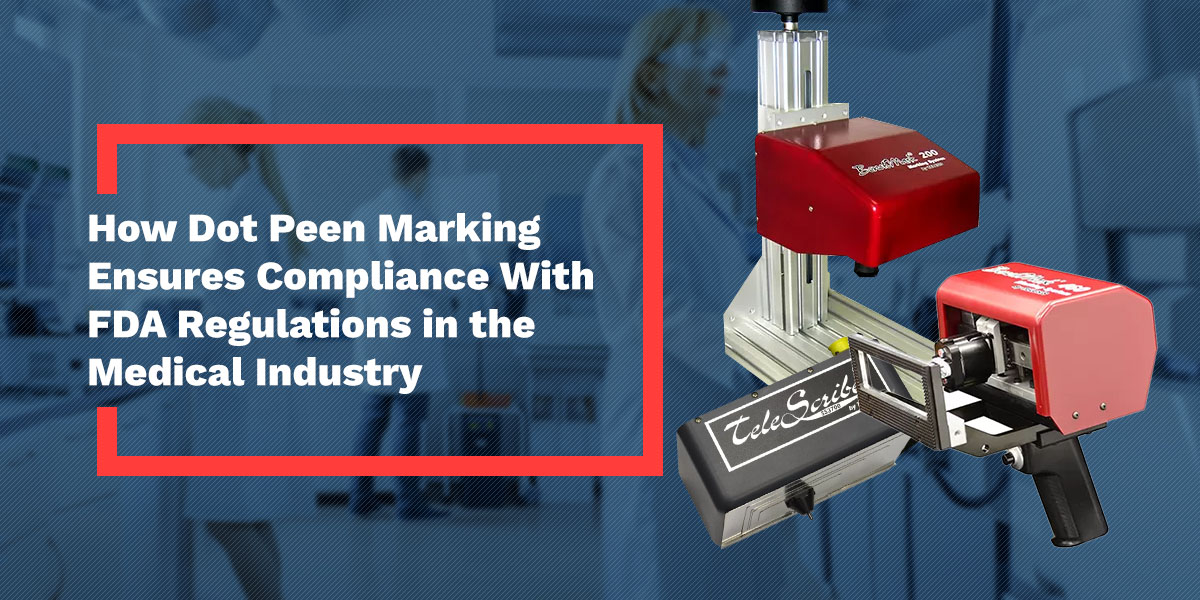
15 Apr A Unique Product: What is a “Green” Laser?
Jump To:
What Is a Green Laser?
A green laser is a laser that emits a wavelength of 532 nanometers (nm) in the visible green light spectrum. This wavelength is highly visible to the human eye, making it useful for applications like laser pointers and alignment aids where high visibility over long distances is crucial.
Green lasers are used to mark various materials, including plastics and heat-sensitive materials. Since they are visible over long distances, they are commonly used in presentations or lectures. Astronomers might use them to point out stars and celestial objects and align telescopes.
Precious metals such as gold, silver, and copper can be easily marked using the green laser. The green laser also allows for a “soft touch” which is great for the application of marking a gold coating without exposing the board beneath.
The Unique Properties of Green Lasers
Green lasers have several unique properties:
- High visibility: The 532 mn wavelength of the green laser is in the visual spectrum. While traditional lasers are outside the visual spectrum, the visual light produced by this laser will be bright green — making them more visible than other colors, even at lower power levels.
- Marking sensitive materials: The green laser can mark a very wide range of plastics, reflective materials, and materials that are sensitive to heat. It is often called a “cold” marking laser as it marks materials without generating heat that can damage sensitive or even very thin materials.
- High beam quality and stability: Another important feature of the green laser is the very high beam quality and stability. It performs well in all lighting conditions.
Applications of Green Lasers
Creating permanent traceability marks is critical for many manufacturers. Sometimes, very delicate materials require the use of non-traditional methods and equipment to achieve this because the item is sensitive or the absorption ratio is so low that it is very difficult to get a readable amount of contrast in the permanent mark (2D Matrix Code or human-readable text). The green laser is also often the best choice for printed circuit boards, electrical components, computer chips, foil, magnetic cards and sensitive electronics.
The following industries benefit from green lasers:
- Aerospace and defense: Green lasers are often used to mark aircraft components, create alignment aids for complex assemblies and develop advanced laser-based targeting systems due to their high visibility in daylight.
- Automotive: Manufacturers use green lasers to precisely cut metal body panels, mark components for assembly and align parts due to their high accuracy and visibility.
- Electronics: Green lasers are highly valuable in electronics, as they can mark delicate components on printed circuit boards, precisely cut intricate patterns on flexible circuits and perform micromachining on sensitive materials.
- Medical devices: Green lasers are typically used to precisely weld surgical instruments, mark delicate implants and perform minimally invasive procedures since they can target specific tissues with minimal thermal damage. The green laser has also been a good application laser for marking 2D codes on dental aligners.
- Consumer products: Due to their high visibility, green lasers are often used in consumer electronics, such as laser pointers, barcode scanners and laser-based measurement tools.
Telesis Technologies, Inc. has developed a variety of lasers that feature a range of wavelengths and introduced these products to the market, allowing manufacturers to mark virtually any product. The 532 nm green laser is the laser of choice for marking the most difficult materials, including plastics, reflective materials and heat-sensitive materials.
Comparison With Other Lasers
Green lasers differ from other lasers in several ways, including:
- Performance: Materials that are transparent or have particular colors and cannot be marked with a traditional 1064 nm wavelength (fiber) laser can often be marked with a green laser.
- Absorptivity: Green lasers have much higher absorptivity compared to fiber lasers.
- Brightness: Green lasers are much brighter than red lasers, making them more visible in daylight and over longer distances.
- Battery life: Green lasers require more power, often resulting in shorter battery life than red lasers.
- Thermal energy: Green lasers emit less thermal energy than other lasers, which makes them safer for medical use.
- Cost: Green lasers can be costlier than red lasers since they feature advanced components and better laser diodes.
The best laser for your task will depend on the project’s specific requirements, such as budget, visibility range and battery life.
Find High-Quality Green Lasers at Telesis Technologies, Inc.
Green lasers are a unique technology with numerous advantages in the manufacturing, aerospace, automotive and medical industries. Their high visibility, ability to mark sensitive materials and high beam quality and stability make them ideal for various tasks, from precise marking to performing minimally invasive medical procedures.
Telesis Technologies, Inc. offers a very robust fiber-coupled, diode-pumped, solid-state (DPSS) green 532 nm laser system. The EV4GDS system is designed around the Merlin LS software and offers all of the same great features as our traditional lasers. Partner with us for integration products, software and support to easily integrate it into your existing manufacturing processes or systems — making it a seamless transition.
Need help finding the right laser system for you? Reach out to one of our experts today.

